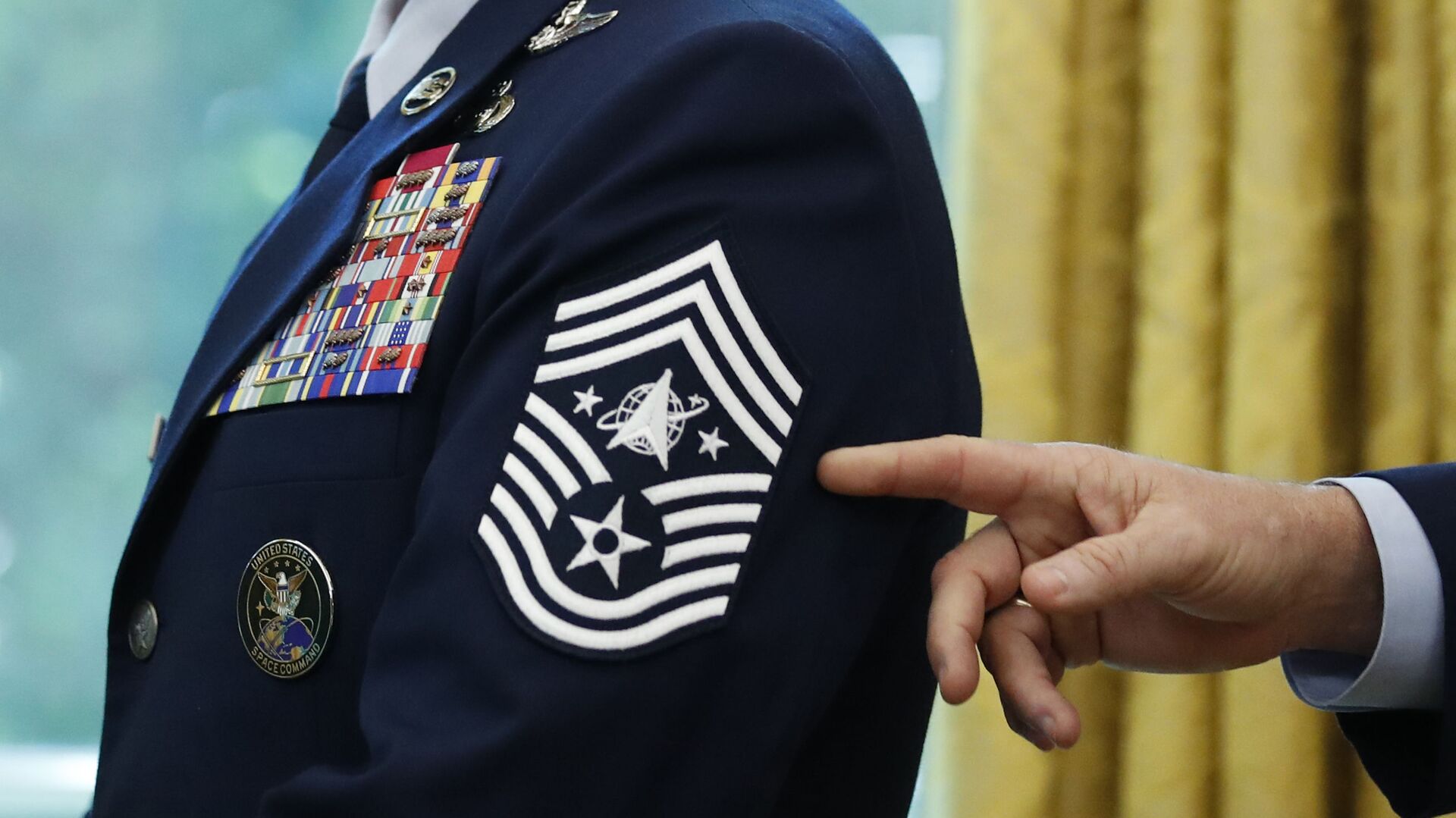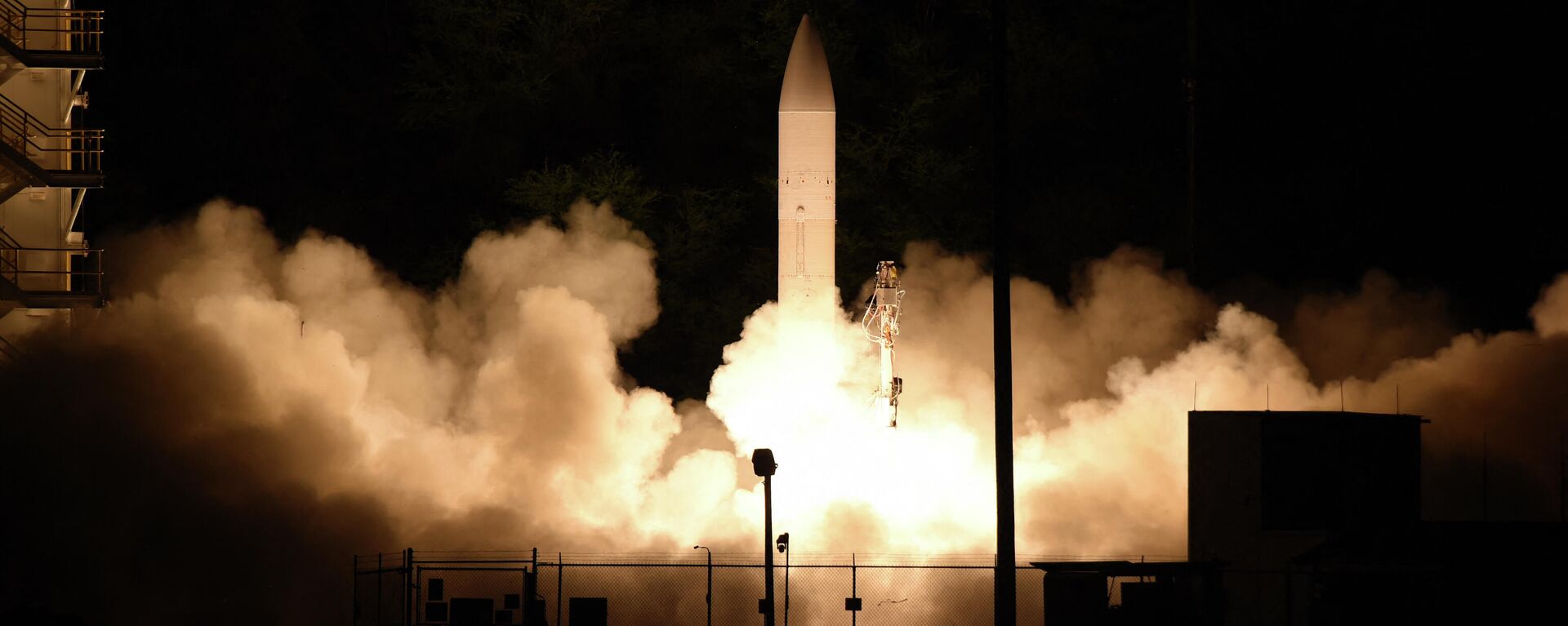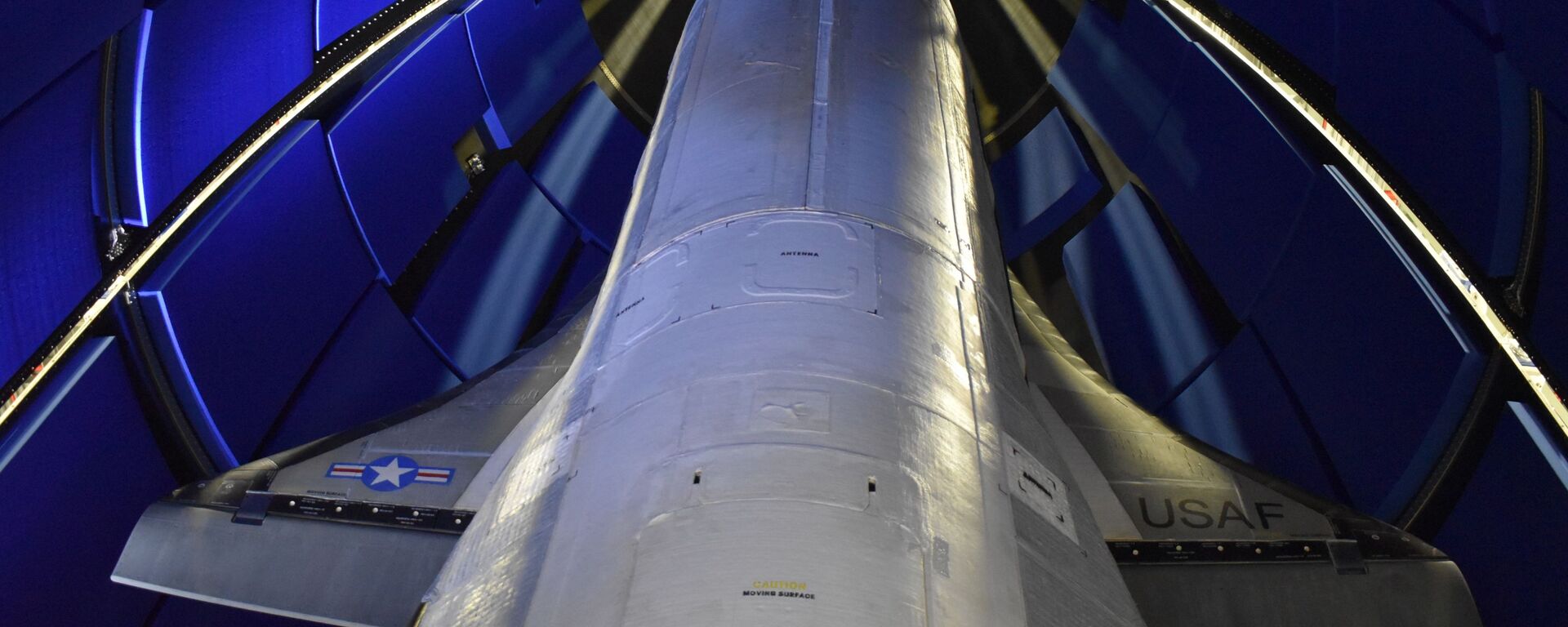US Space Force Prepares to Establish Command Post in Japan

© AP Photo / Alex Brandon
Subscribe
The US Space Force (USSF) is moving toward establishing a new command post in Japan as the Pentagon’s newest service branch establishes a firmer footing in the US military’s global apparatus.
In July, Japan hosted its first-ever Space Engagement Talks with the United States at Yokota Air Base, which paralleled the arrival of two Space Domain Awareness (SDA) sensors that will be incorporated into Japanese satellites as part of a joint effort called the Quasi-Zenith Satellite System Hosted Payload (QZSS-HP).
USSF Brig. Gen. Anthony Mastalir, the commander of USSF forces under US Indo-Pacific Command (INDOPACOM), said in a news release at the time that the QZSS-HP would help “extend our alliance into space.”
"We are dedicated to enabling a cadre of space experts who can work with Allies and partners to integrate space activities into shared operations, activities, and investments. By bringing in the right Guardians [USSF service members] at the right time with our Allies, we can maximize opportunities to exercise and train together as well as cooperatively field capabilities such as QZSS-HP.” Mastalir said, adding: “this milestone is significant for both nations."
The USSF has also had Space Engagement Talks with Israel, Brazil, and Australia.
The first steps toward a USSF presence in the Pacific were taken last November, when US Indo-Pacific Command established an Indo-Pacific Space Force component at Pearl Harbor in Hawaii, followed by another in South Korea a month later.
In January, Tokyo appealed to Washington for their bilateral security treaty to be extended to include its space-based assets, which include several dozen communications and Earth-monitoring satellites in a variety of orbits, including geostationary.
The US has rationalized this expansion - and indeed, the existence of the USSF - by citing expanding Chinese and Russian space capabilities, including the testing of anti-satellite missiles previously only possessed by the US military. In April, Adm. John Aquilino, the commander of INDOPACOM, told federal lawmakers that by launching dozens of new satellites into space last year, China was “delivering capabilities that seek to deny use of our own space architecture."

Space Force General Claims China Moves 'Twice the Rate' of US in Space Race, May Overtake It by 2030
6 December 2021, 23:27 GMT
Beijing has denied any intent to threaten US space assets, instead pointing to the threat posed by US satellites to Chinese space assets. In 2021, China said its Tiangong space station was forced to alter course twice in order to avoid Starlink internet satellites operated by SpaceX, a US defense contractor owned by Elon Musk. An article published by Chinese academics in a peer-reviewed journal in November 2022 found that SpaceX’s vast network of Starlink satellites “routinely” violate the informal set of rules nations have used to govern safety in Earth orbit.
However, China isn’t the only concern cited in expanding USSF operations in the Pacific: missile tests by the Democratic People’s Republic of Korea (DPRK) have also come up. When US President Joe Biden hosted the Japanese and South Korean leaders in Camp David last month, the trio discussed extending their cooperation on ballistic missile tracking and defense, pledging to have a joint system in place by the end of the year.


